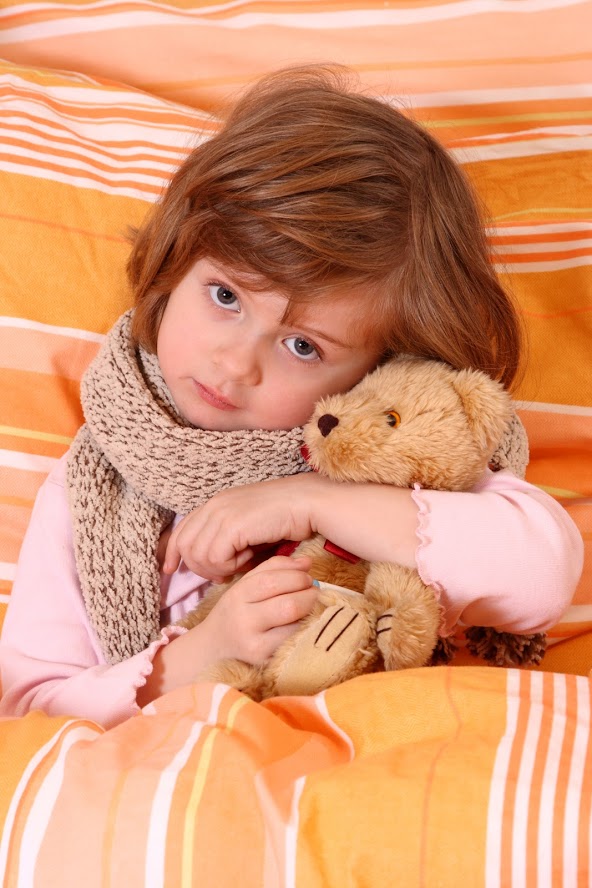
- 0203 903 7866
The Portland Hospital for Women and Children,
205-209 Great Portland Street, London W1W 5AH - Request Appointment
 GP Referral
GP Referral

Night terrors are probably the most dramatic type of sleep disorder that your child can have and they can be very shocking and disruptive for the rest of the family. Unlike a nightmare, a night terror can make your child appear to wake up, often seeming terrified. Children may sit up in bed, shout, breathe faster or thrash around. However, within a few minutes they will usually lie back down again and they probably won’t remember anything when they wake up the next morning.

Although it can be very frightening to see your child having a night terror, they aren’t usually a sign of anything serious and they won’t have any lasting effects. However, witnessing this kind of behaviour can make you wonder why it happens and what you can do to prevent it from happening again.
Night terrors aren’t very common. Less than 6% of children are affected by night terrors. Some children might only be affected once, while others can have night terrors regularly for a while. Night terrors are most common between the ages of 4-12 and they affect slightly more boys than girls. Children are also more likely to have night terrors if a close relative has also had them. In most cases, children will grow out of it.
Night terrors can happen if the normal pattern of activity in the central nervous system (CNS) is disrupted during sleep. We usually go through different stages of sleep during the night. We shift between REM sleep (when we are dreaming) and a deeper state of non-REM sleep, when the brain is less active.
Night terrors can happen if something goes wrong during the transition from deep sleep to REM sleep. Children will usually be passing through this transition 2-3 hours after they fall asleep. If some kind of environmental, physical or emotional disturbance happens right at this moment, then the brain can be too active, as if it is responding to a threat. Children can experience a fight-or-flight response that makes them sit up and appear to be terrified and wide awake. It is very similar to what happens when children sleepwalk. There isn’t usually any underlying medical cause, it is simply something that can happen when the normal sleep pattern is disrupted.
Children are more likely to experience night terrors if they are:
If your child is having night terrors then it may help to take steps to avoid these risk factors. For example, talking to a child about their day might help you to identify anything that’s worrying them. Making sure that they go to bed at the right time and feel comfortable in their bedrooms can also improve the quality of their sleep, which can help to prevent issues such as night terrors.